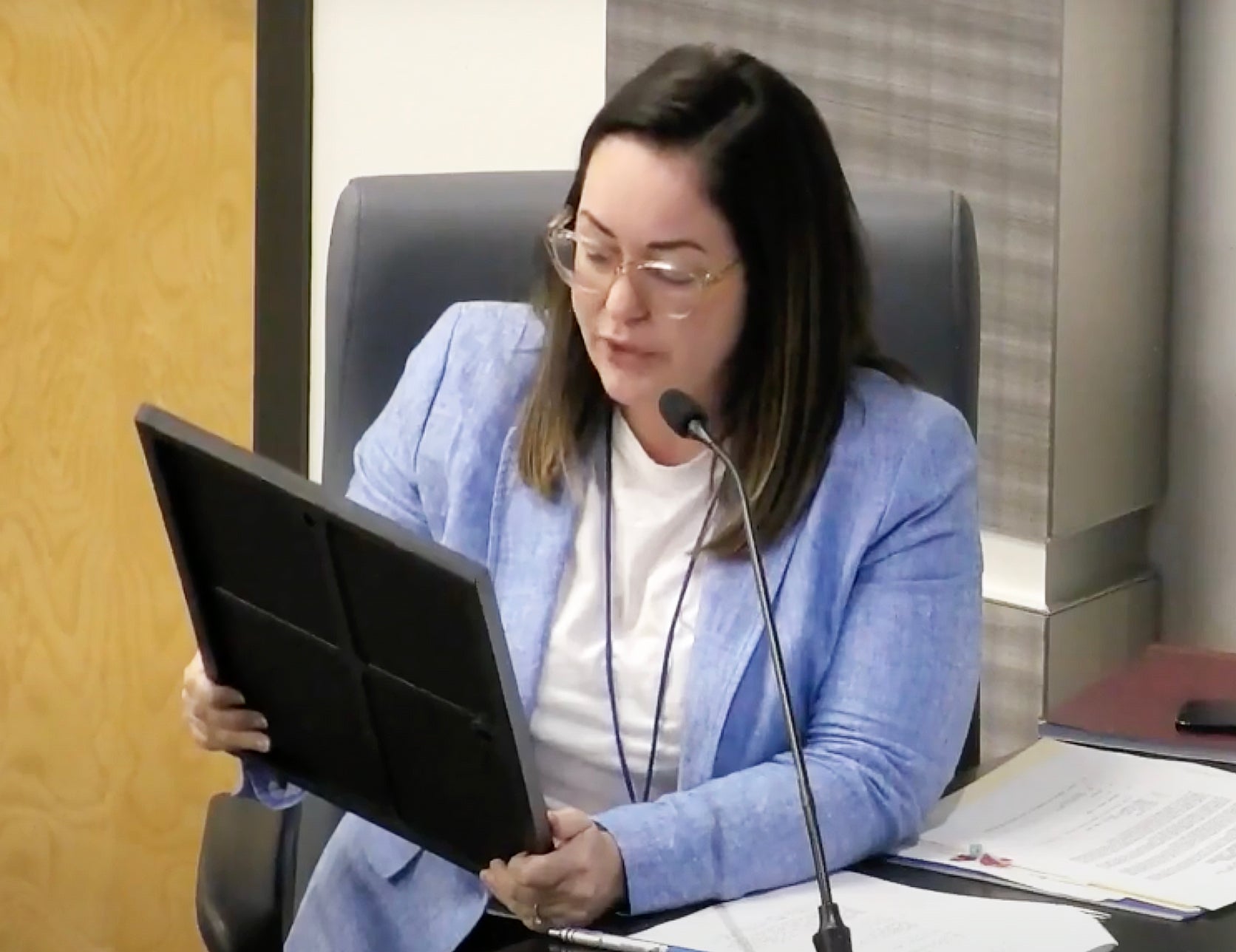Area contingent fails to attend crucial meeting
Published 12:00 am Friday, July 19, 2002
By LEONARD GRAY
NEW ORLEANS – St. Charles Parish finds itself as part of a study of metropolitan growth counties, funded by the Fannie Mae Foundation with the Metropolitan Institute at Virginia Tech University.
The parish is “on the leading edge of sprawl,” according to Robert Lang, director of the Metropolitan Institute College of Architecture and Urban Studies at Virginia Tech, and “a place where all the growth issues are coming to a head.”
The study was previewed for an audience of county officials from across the nation attending the 2002 National Association of Counties convention, held this week in New Orleans. No members of the River Parishes contingent attended the meeting, which was geared toward providing information to political leaders of counties (parishes) that surround metropolitan areas.
“This is where the suburbs retreated to,” Lang said of St. Charles Parish, one of 47 counties in the United States referred to in his study as a “New Metropolis County.”
The study was the cornerstone of a NACo forum held Monday entitled, “Metropolitan Growth and Edge Counties.” What Lang’s study revealed, through an analysis of counties across the country where population growth of more than 10 percent in each decade since 1950 has developed, is that St. Charles Parish, the only such county in Louisiana, is on the leading edge of population shifts toward what is felt to be “traditional” suburbia, and that future economic development schemes must keep that in mind.
Lang said those counties with double-digit growth in the past 50 years are divided between what he termed MEGA counties, or “Massively Enlarged, Growth-Accelerated,” Edge Counties and New Metropolis Counties.
MEGA counties have a population of more than 800,000, according to the 2000 U.S. Census, while the population range in Edge Counties is from 200,000 to 800,000, and New Metropolis counties are less than 200,000 in population.
There are 23 MEGA counties, mostly in America’s “Sun Belt,” especially in California, Nevada, Arizona and south Florida. It also includes the Houston area and can also be found near Chicago and Washington D.C. They are also found in major tourism areas (near Las Vegas and Orlando) and near major retirement communities.
Total population of MEGA counties is 37 million, out of the nation’s total 281.4 million.
Edge counties, 54 in all, are on the fringe, generally, of MEGA counties, with many along the Eastern Seaboard, the Pacific Northwest, California, Texas, the Midwest and Florida. This includes 20.8 million of the national population, and constituted what was felt to be the “urban sprawl” of the past. Now, though, these counties are struggling with urban problems and maintaining their level of growth. A prime example is in the Houston area, where the outlying counties have mix-and-match subdivisions, strip malls and glass-cube office buildings.
The New Metropolis counties, although with only 4.7 million total population, nevertheless are updated versions of the bedroom communities of the past. They were added to the official metropolitan statistical areas since 1971 and are characterized by the same sort of sprawl.
The difference, though, is the demographics.
While MEGA counties have a low density of households married with children (only 25 percent), only 63 percent are homeowners and only 56 percent live in single-family detached units; edge counties have slightly more in each category: 28 percent married with children, 72 percent homeowners are 66 percent in single-family detached units.
Meanwhile, New Metropolis counties, such as St. Charles Parish, have 30 percent married with children, 79 percent homeowners and 74 percent in single-family detached units. These figures compare to the national average, where only 24 percent are married with children, 66 percent are homeowners and only 60 percent are in single-family detached units.
The percentage of non-Hispanic whites increases as one approaches the population low end of this spectrum, as well.
MEGA counties have a 55 percent of whites, with edge counties being 76 percent white and New Metropolis counties having 84 percent white. The national average is 69 percent.
What this means is that counties across the country, similar to St. Charles, are “aggressively suburban.”
They need to build on developing home-grown commerce, bringing more affluent residents to the area and learn to handle the financial stress, political resistance to growth and controlling their growth.
“They should talk to similar counties where neighboring counties may not ‘get’ your problems,” Lang commented.
The forum attendees were provided a list of those counties reviewed in the studies. No one from the River Parishes contingent, specifically St. Charles Parish government, attended this forum.
“They scheduled a lot of things at the same time,” Steve Sirmon, St. Charles public information officer, said. “It’s hard to get to them all.”





